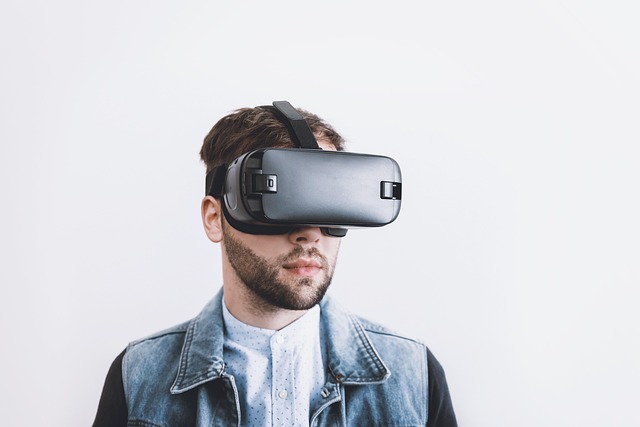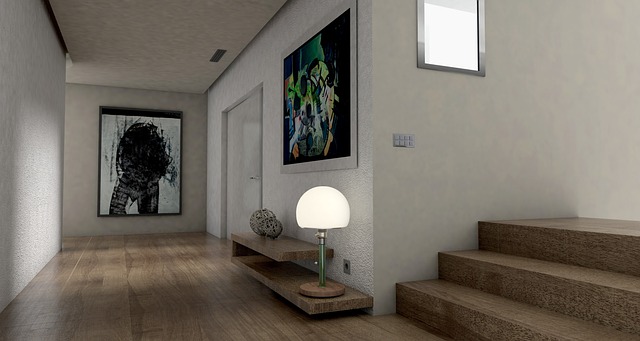Exploring Immersive Sound Simulation in the Virtual Metaverse
The realm of sound simulation has experienced an exhilarating transformation with the rise of immersive technologies such as virtual reality (VR) and augmented reality (AR). As we delve into the intriguing world of the metaverse, we find ourselves not only witnessing the evolution of how we interact with digital environments but also how sound plays a pivotal role in enhancing these experiences. The fusion of auditory elements with visual stimuli opens up entirely new dimensions of engagement, leading us to a richer understanding of the potential held within these fantastical realms.
Imagine stepping into a VR landscape where every footstep you take resonates authentically, the rustling of leaves sounds vibrant and alive, and the distant echoes of conversations shape the environment around you. This is the power of advanced sound simulation, where the audio experience immerses users in narratives they can feel, rather than just observe. The naturalness of 3D sound can elevate a mundane experience into an exhilarating event by adding layers of immersion that make the virtual world feel tangibly real.
Augmented reality further enriches this sensory tapestry. Picture yourself walking in your home and viewing digital overlays of information about your surroundings—enhanced with synchronized audio cues that help guide your experience. This seamless integration of sound simulation with the physical world deepens how we perceive our environment, making it not just an interaction with data but an experience filled with emotional depth, context, and significance.
The metaverse, a vast digital universe consisting of interconnected virtual spaces, showcases sound simulation as a fundamental component in crafting authentic interactions. Sound design becomes vital in creating atmospheres: think of the subtle background hum of a bustling market or the serene chimes of a distant bell in a tranquil grove. These auditory elements do not merely accompany visuals; they amplify storytelling, evoke emotions, and generate memories, creating a cohesive and engaging metaverse experience.
High-fidelity spatial audio is at the heart of this immersive sound wave. Utilizing advanced spatial algorithms, sound designers can position audio in a three-dimensional space, allowing users to experience sounds coming from specific directions and distances. This realism builds a bridge between digital entertainment and human cognition, enhancing our ability to navigate and thrive in virtual settings. With each sound cue, users can instinctively understand their surroundings, making interactions not just more enjoyable, but also more intuitive.
Moreover, sound simulation doesn’t just offer utility; it invites creativity. Artists, game developers, and educators are harnessing these innovations to produce not only entertaining narratives but transformative experiences that resonate deeply with users. Imagine a virtual concert where the acoustics are so finely tuned that you can feel the energy of the crowd through the vibrations of the music, uniting people from across the globe in a shared, transcendent experience. This is the magic of the metaverse, where sound simulation colors every facet of our journey.
As we venture further into this captivating domain, the potential for sound simulation in the metaverse remains boundless. With each technological advancement, we edge closer to a future where sensory experiences are woven deeply into the fabric of our interactions, ensuring that the virtual world is not just seen but genuinely felt. Engaging with immersive sound simulation will ultimately change the way we connect with both the digital realm and the people we share it with, encouraging us to explore, innovate, and create like never before.



